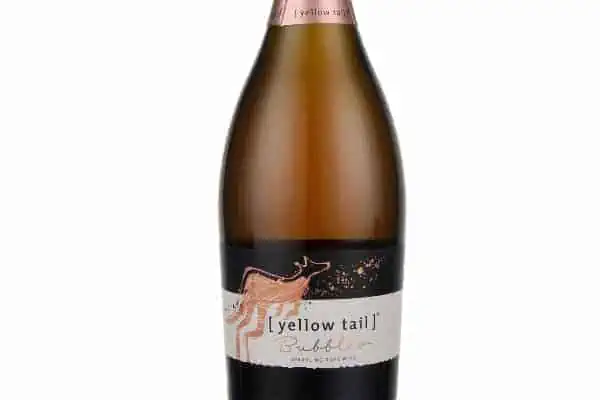As Northerners, we are profoundly touched by the end of winter, the slow return of warmth and the rapid return of light to our lives. Suddenly, we become aware of just how set in our ways we have become, and we resolve to change our lives.
We start to put away the hats and mittens and boots that have been our constant companions these past seven months and, instead, wonder where we put our sandals.
At Mac’s Fireweed Books, magazines shift from being all about snowmobiles and, suddenly, there are rows of titles about gardening and fishing. The whole produce section seems to be filled with strawberries and asparagus. And then the sky turns grey again and a little snow falls as winter makes a half-hearted effort to reclaim her grip.
I realize it has been like this with my wine drinking, too.
I sat down to write about two good, robust red wines I enjoyed this past week and realized I have been in my winter taste rut. I resolved to break out of it, but, like winter, I’ll spend a little more time in my winter taste modes and tell you about them.
Then I will break out of my set ways and resolve to review some fresh whites or maybe a rosé or two to honour the changes in our lives that spring brings.
If you are across the border, in Alaska, at a wine store, two very good cabernets to look for are from the J. Lohr and Hess vineyards. I was reminded of these because our local Liquor Corporation store has started to carry two Hess-collection winery bottles that I look forward to trying in the coming months.
I bought one, their 19 Block Cuvée (or blend), priced in the $35 dollar range, and look forward to trying their even more expensive Mount Veeder Cabernet Sauvignon (around $45), but will have to wait until my tax return. Both are from the prized and pricey Mount Veeder wine-growing area.
But as I said, if you’re in the U.S., J. Lohr and Hess vineyards make very good and quite-similar cabernet sauvignons from the Lodi Valley in the Central Coast region of California ($12 to $15 USD) and are exceptional values.
Closer to home, our Liquor Corporation store is stocking a very nice and almost as good Lodi Valley cab, 337 Lodi Cabernet Sauvignon ($20.65). Cabernet sauvignon grapes originally came from the Bordeau region of France and the “337” refers to the number of the vine clones that these cab grapes come from.
California cabernet sauvignons are some of my favourite, full-bodied red wines, and this one has a healthy dose of mouth-puckering tannins and dark tasty notes of chocolate and coffee mixed with a sort of cherry fruit flavour that keeps it from being too abrasive.
Cabs can’t be beat to accompany a good roast and will be very good with a grilled steak this summer.
The second full-bodied red I tried comes from Spain, the 2005 Piqueras Castillo de Almansa Reserva ($14.90), reasonably priced. It has an inviting bouquet, a slightly softer taste than the cabernet sauvignons and is a blend of juice from Spanish Tempranillo and Monstrell grapes as well as Garnacha grapes, which are known as Grenache in France and California.
As I mentioned before, Spain is discovering a rich heritage of historic indigenous grapes and is making interesting blended wines that seem to sell for substantially less than French or Californian wines of comparable quality.
I’ve enjoyed this wine with roasted meats and cheese-filled pasta and found it very good. Since Spain has a tradition of small servings of cured meats like their Chorizo sausage and thinly sliced ham, I suspect this might go will with those, as well. I’ll have to explore …
So, I resolve that, as the season changes I have to break out of my winter wine-tasting mode and look for something lighter and spring-like to contemplate as we approach Easter and the melting of snow.
So, shrug off the winter doldrums and let’s plunge into the light and warmth of spring.
Cheers!




